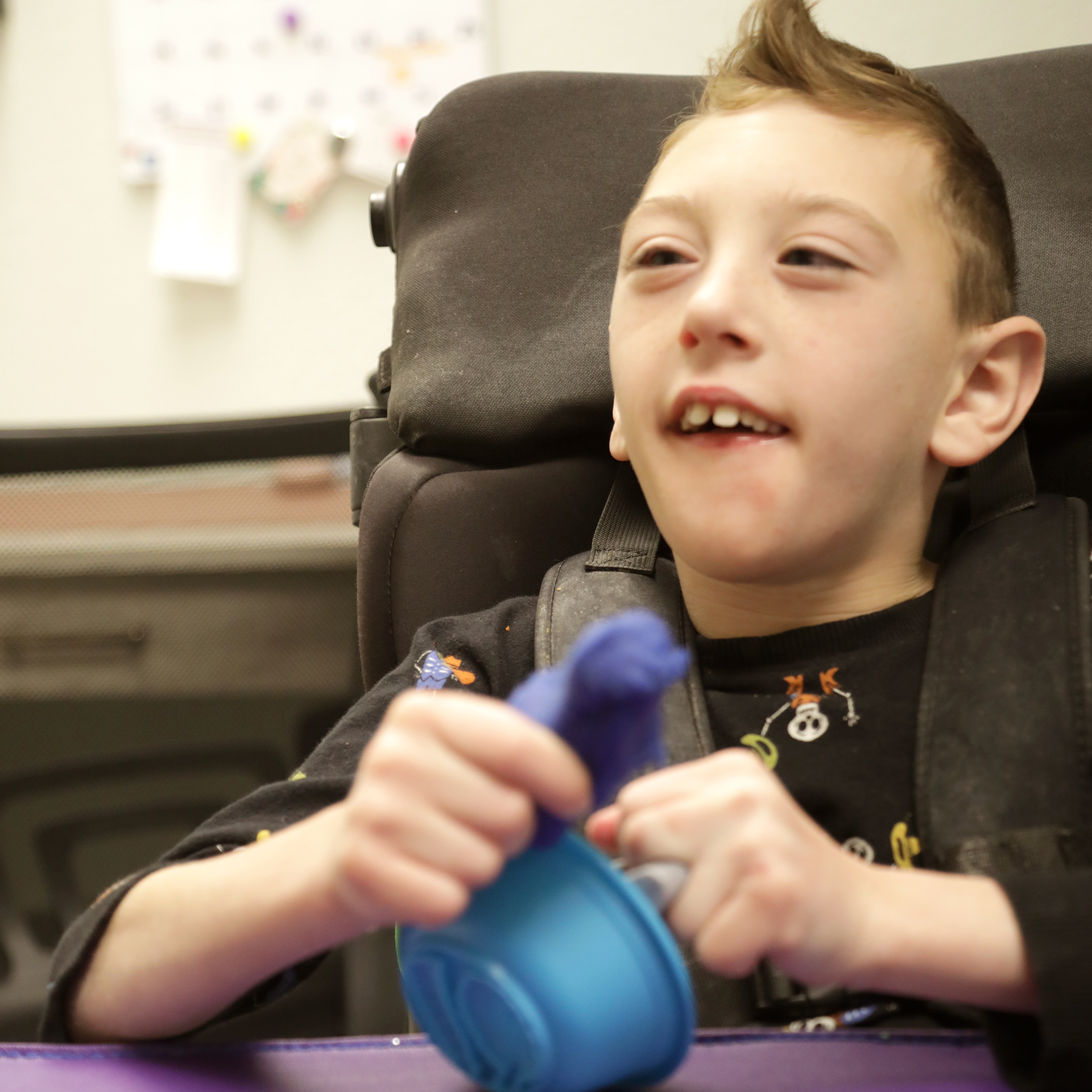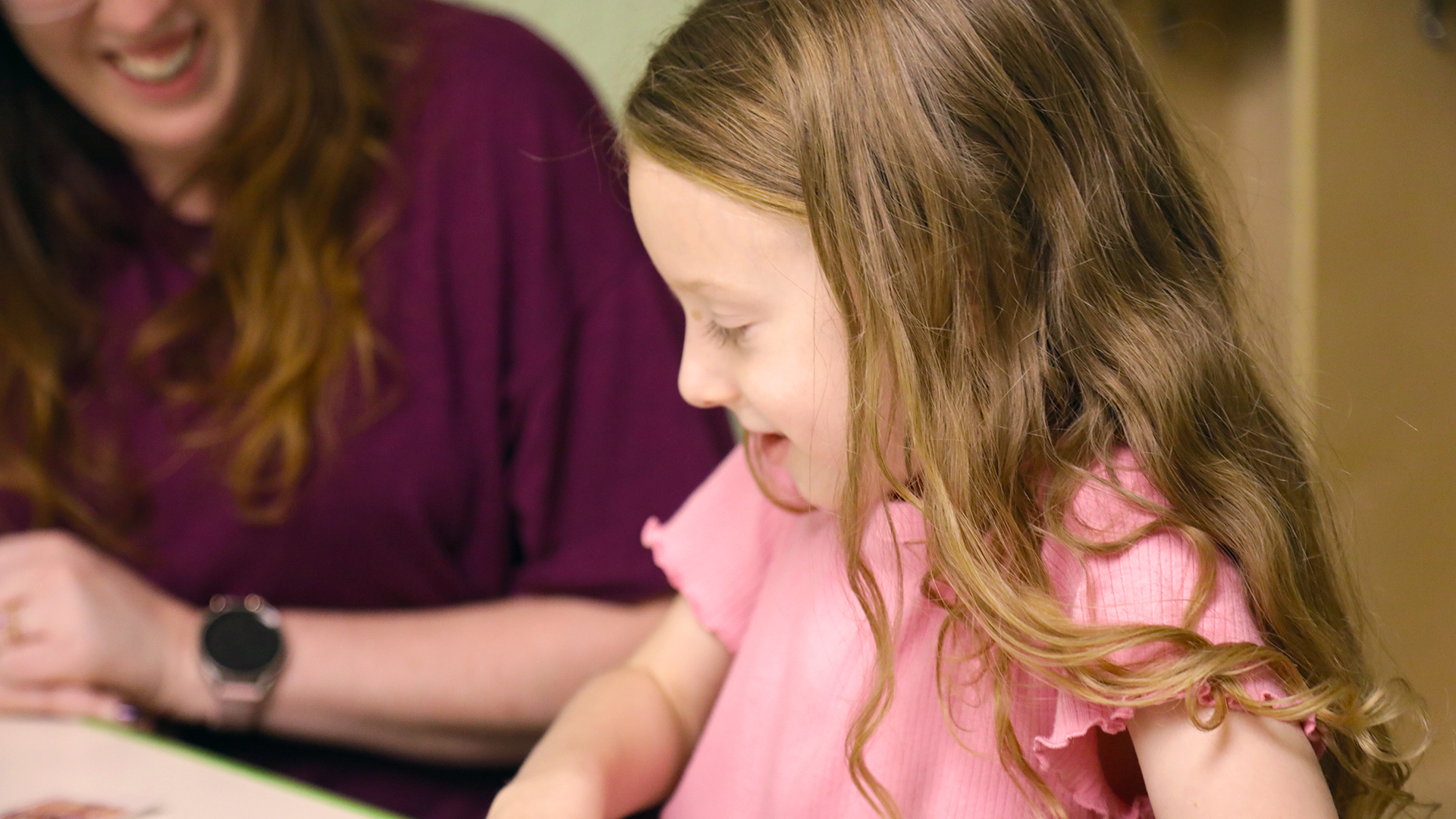Ways Autism Can Affect Learning


A Comprehensive Look at Autism and Learning
Autism spectrum disorder (ASD) is a complex neurodevelopmental condition that influences how individuals learn, communicate, and interact within educational environments. While autistic individuals often possess unique strengths, they also face numerous challenges that can affect their academic progress and developmental trajectory. Recognizing the diverse ways autism influences learning is essential for educators, parents, and support staff to develop effective strategies, foster inclusion, and promote positive outcomes. This article explores how autism affects various aspects of learning, the challenges faced, and the supportive approaches that can make a meaningful difference.
The Core Factors Influencing Learning in Autism
How does autism affect learning and development?
Autism can profoundly influence how individuals learn and grow due to various factors associated with the condition. Central to these are differences in sensory processing, communication skills, executive functioning, cognitive processing, and behavioral patterns.
Sensory processing differences are common among children with autism. They might experience hypersensitivity or hyposensitivity to sounds, lights, textures, and smells, which can make typical classroom environments overwhelming. For example, bright lights or loud noises may cause anxiety or sensory overload, disrupting focus and participation.
Communication delays also play a significant role. Many children with autism have delays in expressive and receptive language skills, affecting their ability to express needs or understand verbal instructions. This barrier can impede academic understanding and social interaction, essential components of effective learning.
Executive functioning deficits are another critical challenge. Difficulties in planning, organizing, following routines, and managing time can hinder completing assignments, adjusting to changes, or switching between activities. These struggles necessitate structured routines and clear instructions to support learning.
Cognitive processing differences can be both strengths and obstacles. While some autistic children demonstrate enhanced visual processing, they may find it challenging to interpret verbal or written information and grasp abstract concepts, affecting subjects like math or science.
Behavioral characteristics, such as restrictive and repetitive behaviors, can sometimes distract from learning or interfere with acquiring new skills. A reliance on preferred interests may also influence engagement, either serving as a motivational tool or a distraction.
Overall, autism's diverse effects on learning highlight the importance of personalized support. Tailoring teaching strategies to an individual's strengths—like visual learning preferences—and addressing challenges related to sensory sensitivities and communication can significantly improve educational outcomes. Creating an inclusive environment with appropriate accommodations, such as visual aids, structured routines, and sensory supports, helps autistic learners reach their full potential.
| Factor | Impact on Learning | Possible Support Strategies |
|---|---|---|
| Sensory Processing | Overload or under-responsiveness | Sensory-friendly classroom, quiet spaces, sensory tools |
| Communication Delays | Difficulties in expressing needs | Visual aids, speech therapy, alternative communication systems |
| Executive Functioning | Planning, organizing, task management | Visual schedules, breaking tasks into steps |
| Cognitive Processing | Strengths in visual skills, challenges with abstract concepts | Use of diagrams, concrete examples |
| Behavioral Traits | Distractions from routines, fixation on interests | Consistent routines, integration of interests into lessons |
Understanding these factors enables educators and caregivers to develop effective, supportive strategies that foster a positive learning environment for children with autism.
Challenges Autistic Students Encounter in the Classroom

What challenges do individuals with autism face in educational settings?
Autistic students often encounter several hurdles that can affect their learning experience. Social skills and understanding social cues are commonly affected, making it difficult for them to interpret emotions, gestures, and social norms. This can lead to feelings of isolation and, at times, bullying from peers.
Sensory processing differences, such as hypersensitivity to sounds, lights, or textures, can result in sensory overload, leading to distress and reduced concentration. Some students seek additional sensory input, which may distract them from classroom activities.
Language and communication difficulties are prevalent, including delays in speech development and challenges in understanding verbal instructions or figurative language. These issues can hinder their ability to express themselves clearly and follow the flow of classroom discussions.
Executive functioning deficits, involving planning, organization, and flexible thinking, often impede their capacity to complete tasks on time, switch between activities smoothly, and adapt to changes in routines.
Restricted interests and repetitive behaviors are hallmark traits that, while sometimes strengths, can also divert focus away from academic subjects. This narrow focus may make it harder to engage with broader curricula.
Furthermore, many autistic children have co-occurring conditions like anxiety or learning disabilities, which add additional layers of difficulty. Anxiety can manifest as heightened stress levels in unfamiliar or unpredictable situations, impacting participation and learning.
Overall, these interconnected challenges create a unique educational landscape for autistic students, necessitating tailored strategies and supports to foster success.
| Challenge Area | Description | Impact on Learning |
|---|---|---|
| Social Skills & Cues | Difficulty interpreting facial expressions, gestures, or social rules | Challenges in peer interaction, leading to social isolation |
| Sensory Overload | Overreaction to sounds, lights, textures; sensory seeking behavior | Distraction, anxiety, and difficulty focusing |
| Language & Communication | Delays in speech; trouble understanding instructions | Reduced expressive and receptive communication |
| Executive Functioning | Difficulties with planning, organizing, and flexible thinking | Problems with completing tasks and adapting to change |
| Restricted Interests | Deep fixation on specific topics | Distraction from broader learning objectives |
| Co-occurring Conditions | Anxiety, learning disabilities | Additional barriers to classroom participation |
Understanding these challenges is essential for educators and caregivers to create inclusive learning environments that support autistic students effectively.
Strategies for Supporting Autistic Learners

What strategies and supports can help individuals with autism succeed in learning?
Supporting autistic learners effectively requires a combination of tailored strategies that address their unique sensory, communication, and learning needs. One of the most impactful approaches is the use of visual supports and schedules. These tools help students understand routines, expectations, and tasks, providing predictability that reduces anxiety and enhances focus.
Creating sensory-friendly environments is also crucial. This involves modifying classroom settings by reducing loud noises, bright lights, and overwhelming textures, thereby minimizing sensory overload that can distract or distress students. Providing quiet zones or sensory breaks can help learners regain composure and stay engaged.
Structured routines and clear instructions serve as fundamental supports. Autistic children often thrive with consistent daily schedules and straightforward, explicit directions. Visual cues, checklists, and step-by-step guidance assist in task completion and enhance independence.
Promoting social skills and peer interaction is vital for holistic development. Organizing social activities, peer-mediated learning, and social skills training fosters inclusion and helps improve communication abilities. These strategies not only support social growth but also promote a sense of belonging.
Behavioral strategies, such as reinforcement and positive feedback, play a significant role. Techniques like applied behavior analysis (ABA) reinforce desirable behaviors, encourage participation, and increase motivation. Immediate and specific praise helps solidify learning and behavioral goals.
Family involvement and personalized learning plans are essential components. Collaborating with families ensures consistency across home and school environments. Individualized Education Programs (IEPs) tailor learning objectives, accommodations, and supports to meet each child's specific needs.
Finally, supporting transitions and encouraging active participation prepare students for change, reduce uncertainty, and foster confidence. Visual transition cues, advance notice of upcoming changes, and involvement in planning help autistic learners adapt smoothly.
Incorporating these strategies creates an inclusive learning environment where autistic students can develop their skills, build confidence, and achieve educational success.
Learning Styles and Developmental Characteristics in Autism

How do autism's characteristics influence learning styles and developmental progress?
Autism spectrum disorder (ASD) presents with various features that shape learning preferences and developmental pathways. Core traits such as challenges with communication and social cues, along with sensory processing differences, heavily influence how autistic individuals acquire and process information. Many prefer one dominant learning style—visual, auditory, or kinesthetic—which aligns with their unique sensory sensitivities and cognitive strengths.
For example, visual learners on the spectrum often benefit from diagrams, charts, and visual schedules, which can help them organize tasks and understand concepts better. Conversely, kinesthetic learners thrive with hands-on activities, which accommodate their sensory-seeking behaviors and tactile learning preferences.
Autistic brains tend to function differently, often relying on what is called LUT (lookup table) learning algorithms. This means they excel at memorizing specific details and routines, but may struggle to generalize these skills across new or unpredictable situations. This tendency can make adapting to changes challenging, as they might depend heavily on recalling exact routines rather than understanding underlying principles.
Recognizing a child's preferred learning style allows educators and parents to tailor teaching strategies effectively. Visual aids for visual learners, clear instructions for verbal/aural learners, and sensory-friendly environments for kinesthetic or sensory-seeking students can significantly improve engagement and reduce frustration.
Assessment of these individual traits can facilitate the development of personalized educational plans, supporting better concept retention, skill acquisition, and social development. When teaching approaches accommodate sensory sensitivities and learning preferences, autistic children are more likely to thrive academically and socially, laying a foundation for ongoing developmental progress.`
Autism and Learning Disabilities: Understanding the Overlap
What is the relationship between autism spectrum disorder and learning disabilities?
Autism spectrum disorder (ASD) and learning disabilities are separate conditions, but they often appear together more frequently than one might expect. It’s estimated that about 60-70% of individuals with autism also have some form of learning disability.
Autism primarily influences social interaction, communication, sensory experiences, and repetitive behaviors. In contrast, learning disabilities such as dyslexia (reading difficulties), dyscalculia (math difficulties), and dysgraphia (writing challenges) specifically affect academic skills. For example, a child with autism might find it difficult to understand abstract concepts or follow complex instructions, which can interfere with learning.
When ASD and learning disabilities co-occur, the challenges can become more complicated. Autism-related issues like language delays, sensory sensitivities, and executive function difficulties (such as planning and organizing) often impact a child's ability to learn effectively. This overlap requires comprehensive assessment to distinguish between core autism traits and specific learning disabilities.
Understanding this relationship is crucial for educators and caregivers. It enables tailored interventions that address both the social-emotional and academic needs of autistic individuals. Early diagnosis and appropriate support significantly improve educational outcomes, helping individuals develop their skills within their unique learning profiles.
Overall, recognizing the connection between autism and learning disabilities underscores the importance of individualized education plans (IEPs) and specialized teaching strategies. These tools ensure that each autistic student receives the right support to thrive academically and socially.
Autism in Adult Learning and Support Strategies

How does autism affect learning processes in adults?
Autism can significantly influence how adults learn by affecting various cognitive and social skills. Many autistic adults experience challenges with executive functioning, meaning organizing tasks, managing time, and switching between activities can be difficult without support. Sensory sensitivities—such as hypersensitivity to noise, light, or textures—might make certain environments overwhelming, impacting focus and engagement.
Communication difficulties, including understanding nuanced social cues and expressing oneself clearly, can also pose barriers, especially in group learning settings. Additionally, co-occurring conditions like anxiety or burnout can interfere with the ability to concentrate and retain information.
Despite these hurdles, autistic adults often develop unique strategies to learn and adapt. For example, they may prefer structured, predictable environments or use visual supports and written instructions to facilitate understanding. Engaging environments that incorporate their interests can boost motivation and enjoyment in learning.
Research shows that social interaction remains a valuable component of adult learning for many autistic individuals. Interactive and participatory teaching methods, including discussions and practical activities, tend to be most effective. These strategies help foster an inclusive atmosphere where autistic adults can thrive academically and socially.
In summary, autism influences adult learning through sensory, cognitive, and social domains. Tailored educational approaches that consider these differences can significantly improve educational outcomes and overall quality of life for autistic adults.
Effective Educational Strategies and Final Considerations

What are effective educational strategies for learners with autism?
Creating a supportive learning environment for students with autism involves multiple approaches tailored to their unique needs. Visual supports, such as schedules, charts, and cue cards, are highly effective because they align with the visual learning strengths common among many autistic children. These tools help students understand expectations, reduce anxiety, and enhance predictability.
Structured routines are vital, as consistency provides a sense of security and helps with focus. Clear and simple communication, including the use of social narratives and explicit instructions, makes learning more accessible. Incorporating sensory accommodations—such as quiet corners, noise-canceling headphones, or sensory-friendly activities—can prevent sensory overload, which often hampers attention and engagement.
Building social skills is another cornerstone of effective teaching. Peer modeling, social stories, and small group activities foster social interaction and confidence. Supporting self-advocacy by encouraging students to express their needs empowers them and promotes independence.
Assessment and ongoing support are essential components. Individualized Education Plans (IEPs) that consider each child's interests, strengths, and challenges should be regularly reviewed and adapted. Teacher training in autism awareness and intervention strategies ensures that educators are equipped to modify lessons and classroom management techniques effectively.
Transition planning prepares students for changes in their educational journey, whether advancing to the next grade or moving into post-secondary education or employment. Active participation strategies—such as engaging students in hands-on activities and encouraging their interests—help maintain motivation and promote meaningful learning experiences.
In summary, the combination of visual supports, structured routines, sensory accommodations, and personalized plans, along with consistent assessment and inclusive practices, significantly enhances educational outcomes for students with autism and supports their overall development.
Fostering Inclusion and Supportive Learning Environments
Understanding how autism influences learning is vital for creating inclusive, effective educational experiences. Tailored strategies that address sensory needs, communication challenges, and learning styles can significantly enhance academic and social outcomes. With proper support, accommodations, and early intervention, individuals with autism can unlock their potential, develop skills, and thrive in educational settings, paving the way for lifelong growth and success.
References
Recent articles

How Pediatric Therapy Helps Kids Thrive across Montana and Wyoming
A supportive guide for families exploring therapy options in Billings, Butte, Missoula or Sheridan.

How to Choose the Right Pediatric Therapy Clinic in Billings, Montana
A Parent‑Friendly Guide To Finding The Best Support For Your Child

Expressive Speech Delay 2-Year-Old
Understanding and Addressing Expressive Speech Delay in Toddlers

How Speech Recognition Works
Unlocking the Power of Speech Recognition in Therapy and Healthcare

Autism and Head Size
Understanding the Complex Relationship Between Autism and Head Size

Occupational Therapy in Autism
Enhancing Independence and Quality of Life Through Occupational Therapy in Autism

